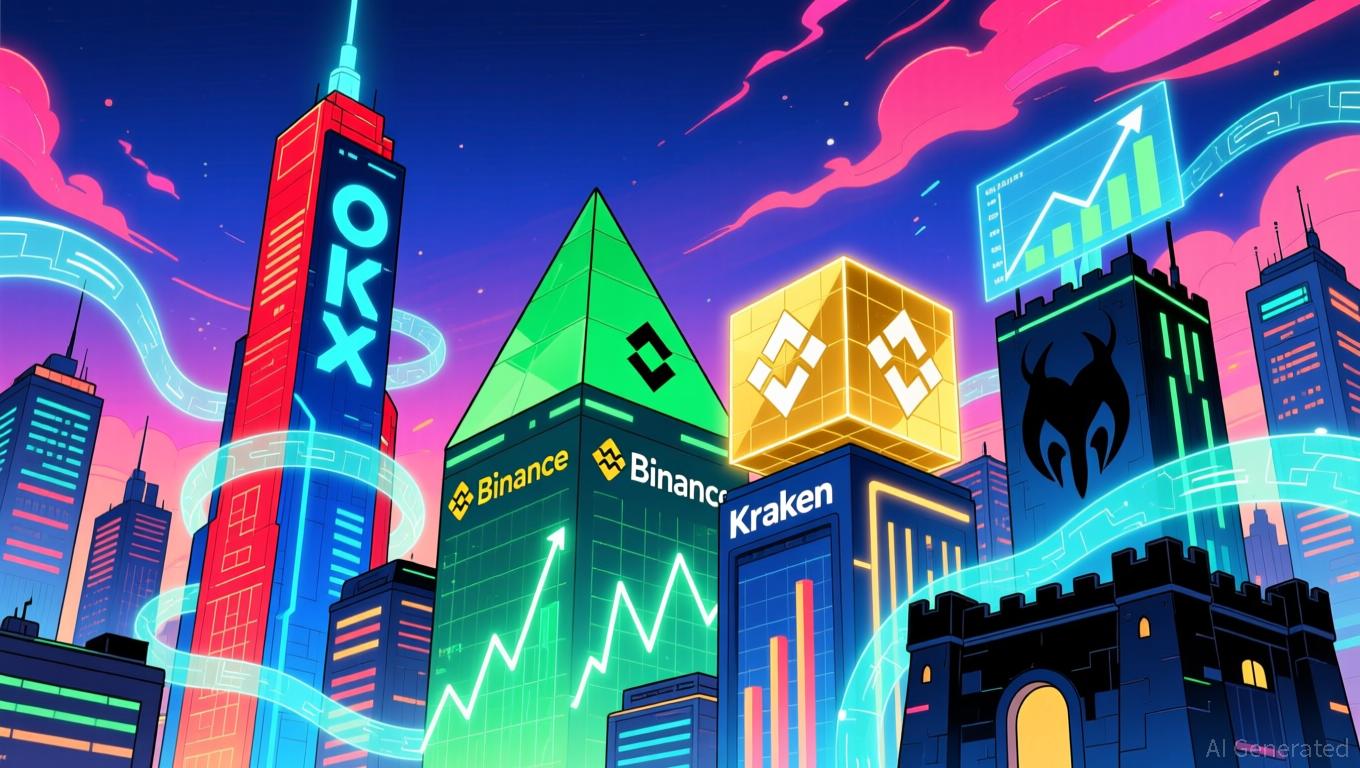Ethereum Faces Pressure as It Fails to Reclaim $4,000
Quick Take Summary is AI generated, newsroom reviewed. Ethereum struggles under $4,000 as network activity drops 23 percent. Rival chains like Solana and BNB Chain gain users and liquidity. Altcoin ETFs create fresh competition and divert capital from ETH. Ethereum needs strong upgrades and higher activity to regain bullish momentum.References ⚡️ INSIGHT: Ethereum struggles to reclaim $4,000 as network activity drops 23% and competition from Solana, BNB Chain, and altcoin ETFs intensifies. Can ETH turn bul
As we enter the late stages of 2023, Ethereum enters a tough period. The price outlook weakens for Ethereum as traders loses faith after a series of unsuccessful attempts to reclaim the $4,000 level. Market conditions soften as investors watch competing chains build more robust narratives. Mood within the ecosystem disengages as users slow down the activity and new capital flows away from ETH.
Falling Network Activity Fuels Concerns and Boosts Competitors
Network activity on Ethereum drops nearly 23 percent, and this decline worries long-term supporters. The slowdown signals a shift in user engagement as developers and traders explore faster and cheaper alternatives. The Ethereum price outlook stays under pressure because markets react quickly to behavioural changes.
Many fear that this slowdown reflects larger structural concerns rather than a short-term correction. Competition intensifies as Solana, BNB Chain and altcoin ETFs attract users who want lower fees and higher throughput. These alternatives create new demand cycles while ETH tries to hold its position as the top smart contract platform. The ETH market trend struggles to turn optimistic because strength shifts across ecosystems.
⚡️ INSIGHT: Ethereum struggles to reclaim $4,000 as network activity drops 23% and competition from Solana, BNB Chain, and altcoin ETFs intensifies.
— Cointelegraph (@Cointelegraph) November 14, 2025
Can ETH turn bullish before 2025 ends? pic.twitter.com/2PZDUQU5Ov
Ethereum Faces a Drop in Utility as Network Activity Slides
Ethereum activity falls 23 percent, and this sharp reduction hits confidence in the short term. Fewer transactions, fewer active wallets and slower dApp usage hurt the ETH market trend. Developers track on-chain data and identify a clear migration of activity toward platforms with faster execution. This shift threatens Ethereum’s long-held dominance.
Users are still frustrated by high transaction costs. Some traders prefer Solana for its speed, while others understand BNB Chain as low-cost platform for their activity.These factors will influence the price outlook for Ethereum as traders essentially re-evaluate their allocation strategies. In the meantime, the ecosystem is waiting for large-scale updates that enhance both scaling and congestion.
Despite the slowdown, ETH still hosts the strongest developer community. Thousands of projects rely on its foundational security model. The network needs renewed momentum because risks rise when users explore other chains. Ethereum leaders encourage long-term building while traders demand short-term performance.
Can ETH Turn Bullish Before 2025 Ends?
Ethereum needs strong catalysts to turn bullish before year-end. Markets look for higher network activity, renewed developer excitement and better liquidity. The ETH market trend will shift only when buyers show confidence through consistent accumulation.
Upcoming upgrades may help Ethereum fix congestion and improve scalability. These changes matter because users want faster settlement, lower fees and smoother dApp performance. When these upgrades improve real usage, the Ethereum price outlook may strengthen again.
For now, Ethereum must defend key support zones and prevent further outflows. Traders watch liquidity, ETF volumes and competitor growth. The market rewards ecosystems that deliver speed, affordability and better user experience. Ethereum still leads in smart contract value, but competition grows stronger every month.
Disclaimer: The content of this article solely reflects the author's opinion and does not represent the platform in any capacity. This article is not intended to serve as a reference for making investment decisions.
You may also like
Regulation and Innovation: The Struggle Over Crypto's Proof of Reserves Will Define Its Future
- Proof of Reserves (PoR) has become a trust cornerstone in crypto, with regulators and exchanges prioritizing transparency post-FTX collapse. - The 2025 "flash crash" and new CLARITY/GENIUS Acts reinforce PoR's role, mandating stablecoin reserves and monthly audits under federal oversight. - BNY's stablecoin fund and 21Shares' ETFs show crypto-traditional finance integration, while a16z warns overregulation risks stifling DeFi innovation. - Technological solutions like zk-STARKs enable private yet verifia

Alibaba’s Tokenized Payment Set to Transform International Trade with Real-Time Settlements
- Alibaba and JPMorgan launch Agentic Pay, a tokenized B2B payment system using deposit tokens for instant cross-border settlements. - The platform integrates AI for automated contract generation, streamlining trade documentation while avoiding stablecoins and crypto volatility. - Backed by bank-held fiat deposits (JPMorgan's JPMD tokens), it aligns with China's regulatory preferences and offers yield-bearing features for institutional users. - Projected to process billions annually, the system could redef

The PLG Dilemma: Why Sales Remains the Overlooked Key to Revenue
- Product-led growth (PLG) prioritizes product adoption but risks undervaluing structured sales strategies, creating a blind spot for non-technical leaders. - Non-technical operators must act as "Translator-in-Chiefs," aligning technical innovation with market demand through three pillars: product architecture understanding, systematized sales forecasting, and CFO-focused financial metrics. - By institutionalizing sales as a revenue blueprint rather than a cost center, PLG startups can transform innovation

Fed’s Internal Differences and Lagging Data Put Dollar at a Turning Point While Euro Strengthens
- EUR/USD climbed to 1.1590 as weak U.S. labor data and Fed policy splits fueled dollar weakness expectations. - Fed officials diverged on rate cuts: Moran favored 50-basis-point cut, Collins opposed, while Musalem noted inflation near 3%. - ECB's projected rate stability through 2027 contrasts with Fed's 125-basis-point easing by 2026, boosting euro despite global risks. - Market pricing for December Fed cuts dropped to 55% as delayed NFP data and mixed CPI components heighten uncertainty. - Technical ind

